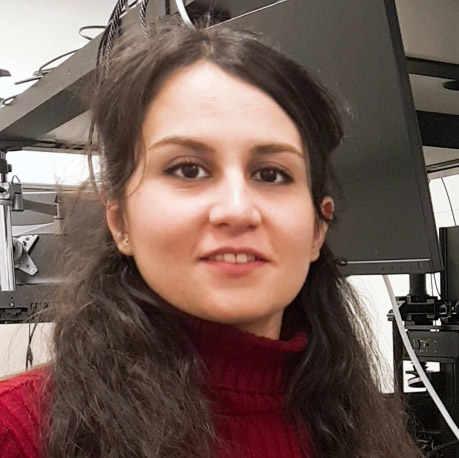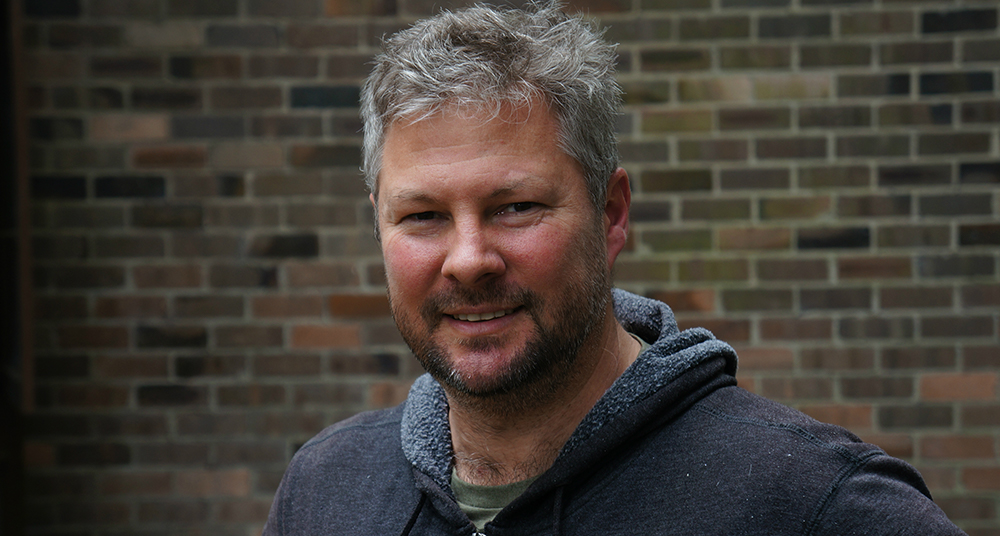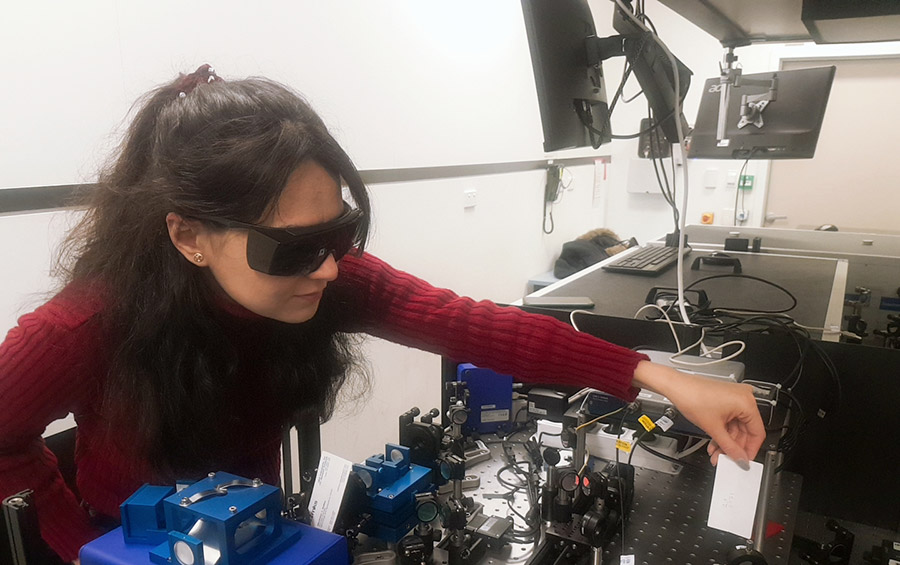

Increasing the efficiency of solar power is a major priority for the world’s leading renewable energy researchers, and the ARC Centre of Excellence in Exciton Science is at the forefront of this pressing global challenge.

One of the biggest obstacles facing scientists is the Shockley–Queisser limit, the maximum theoretical efficiency of a single junction solar cell, which stands at approximately 33.7%.
Among the ways to get around this limit is a process called photochemical upconversion, a type of ‘light fusion’ that transforms low energy photons into higher energy photons, able to be harnessed as electrical current.
In July, PhD candidate Elham Gholizadeh and Chief Investigator Tim Schmidt of UNSW Sydney, together with collaborators across the Centre and around the world, published their significant progress in this field.
The story “Photochemical upconversion of near-infrared light from below the silicon bandgap” appeared in the influential journal Nature Photonics, detailing their successful demonstration of ‘light fusion’ from below the silicon bandgap, which is the minimum energy that is required to excite an electron in silicon up to a state where it can participate in conduction.
Explaining the motivation behind the research, Tim said: “The type of upconversion that we’re working on uses excitons in organic materials and had never been demonstrated by sensitising it with light below the band gap of silicon. So we set out to do that.
“Our edge was understanding a particular molecule called violanthrone, which I had worked with before. But we hadn’t proved that it could undergo triplet-triplet annihilation,” he said, referring to an energy transfer mechanism that must take place between molecules for successful upconversion to occur.
“In the end, to get it below the silicon bandgap, we had to use oxygen as a transmitter of the energy,” he said.
“That was interesting because oxygen is normally detrimental.
“If we use triplets below the singlet oxygen energy then oxygen can take energy from one place and put it somewhere else. It can act as a transmitter. And we’ve shown that it’s completely possible to play with triplets at such low energies.”
As an initial proof of concept, the research was well regarded in the academic community, receiving a favourable review in Nature’s influential News & Views magazine from Professor Bo Albinsson of Chalmers University of Technology in Sweden.

Chief Investigator Tim Schmidt of UNSW Sydney
Our edge was understanding a particular molecule called violanthrone, which I had worked with before. But we hadn’t proved that it could undergo triplet-triplet annihilation

Elham working in the Molecular Photonics Laboratories at UNSW
The long-term promise of the results also resonated with the media, resulting in more than 35 news stories, including coverage from major UK national newspapers The Independent and the Daily Mail, as well as French-based broadcasters CNews and Euronews.
While the research is challenging to grasp, even for some experts in related fields, Tim believes strongly in the importance of inspiring the public with positive updates about the knowledge creation occurring at the cutting edge of scientific discovery.
“If there’s one thing they can learn, that’s fantastic,” he said.
“For example, if they’ve never heard of upconversion. If they learn that this is something that people are working on, that’s something achieved.”
Tim’s collaborators within Exciton Science have already succeeded in building on these findings.
In December, the group led by Chief Investigator Alison Funston at Monash University published an algorithm for calculating the optimal size and density of quantum dots for use in achieving photochemical upconversion across a range of device and material types.
And Tim knows the race will now be on around the world to achieve greater efficiency and move towards the creation of functioning devices that incorporate these findings.
“We were able to do it and that sets a benchmark,” he said.
“It shows people what sort of materials you’ve got to use. I absolutely expect that other people will now be trying to make that better.”